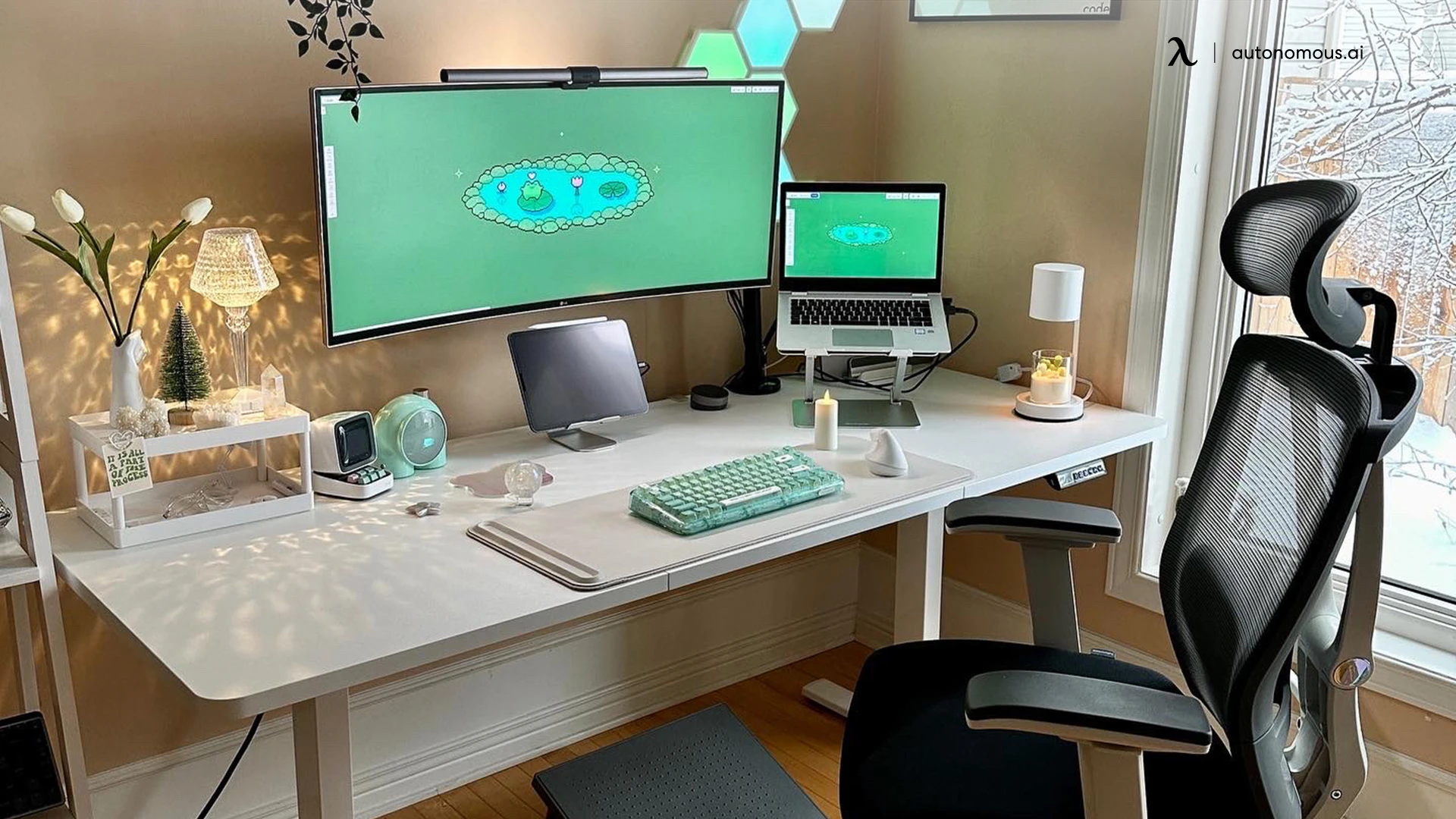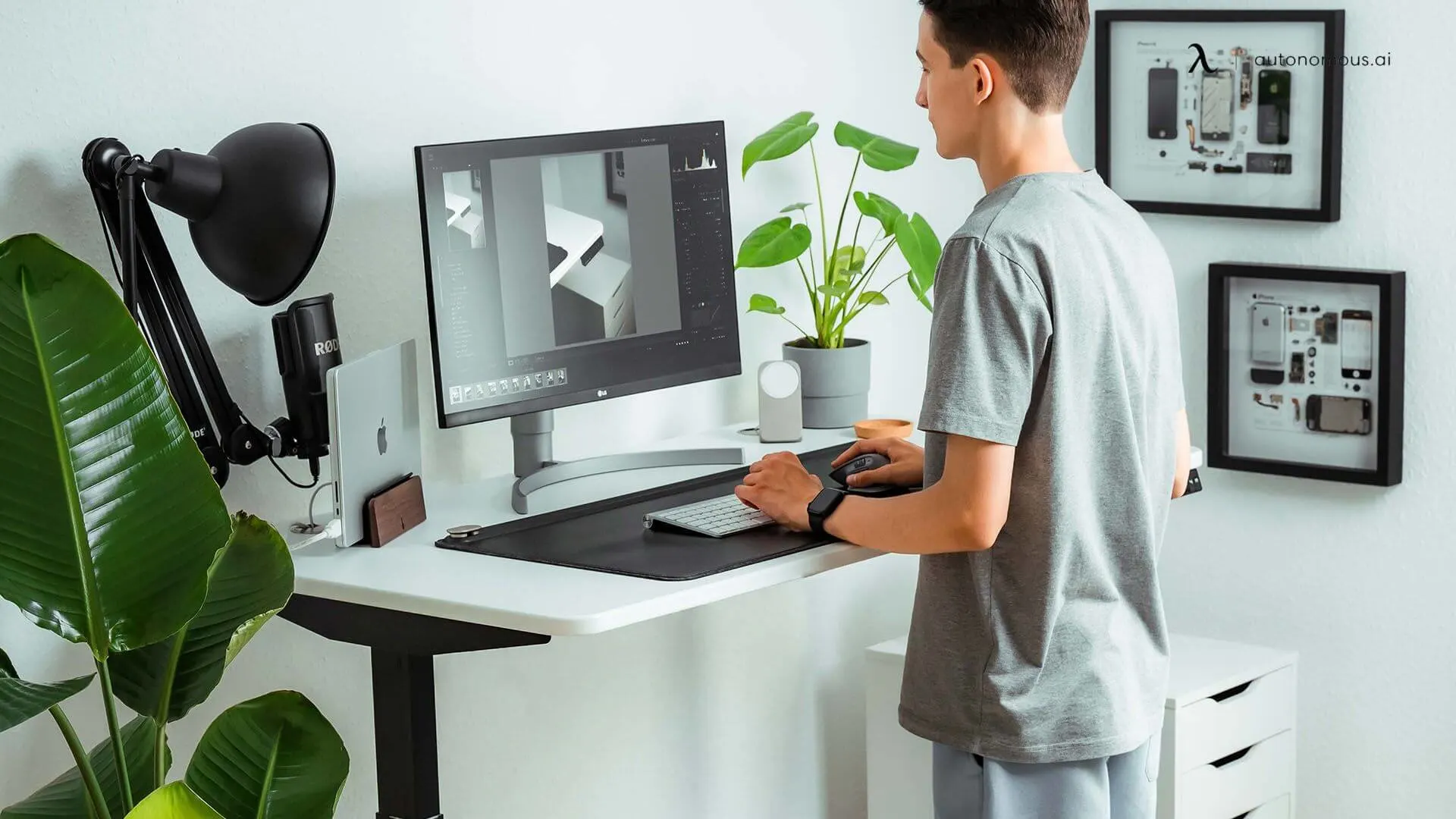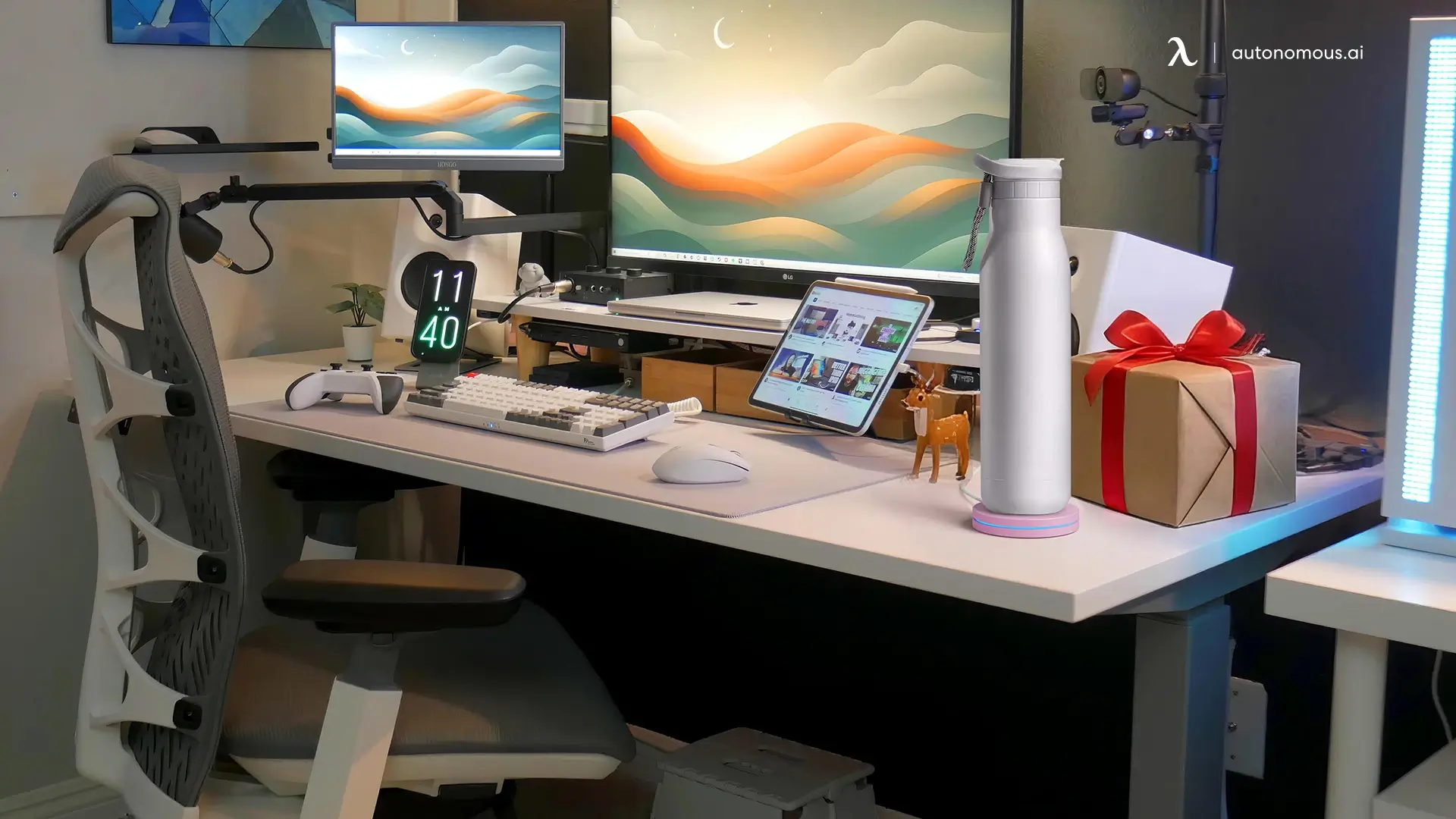- Newest
- Most viewed
Interested in a Link Placement?

10 Best Last Minute Christmas Gifts That Don’t Feel Rushed
Need a last minute Christmas gift? Discover thoughtful gift ideas you can get fast - digital, same-day pickup, and no-shipping options included.
Latest Updates | Dec 18, 2025 103 views

Christmas Gift Meaning and Why We Exchange Gifts at Christmas
Latest Updates | Dec 18, 2025 851 views

20 Best New Year Gifts for Your Boss Who Has Everything
Latest Updates | Dec 17, 2025 562 views

Best Christmas Gift Cards for Easy Gifting
Latest Updates | Dec 12, 2025 412 views

GeForce RTX 5080 Review: Gaming, Ray Tracing & Creator Power
Gaming Setup | Dec 17, 2025 578 views

OnePlus 13 Review: Is It Worth the Price in 2025?
Dec 16, 2025 761 views

20 Personalized Christmas Gifts That Actually Feel Special
Latest Updates | Dec 15, 2025 709 views

Best Christmas Apple Deals on iPhones, iPads & More
Latest Updates | Dec 11, 2025 395 views

Apple Watch Series 11 Review: Should You Upgrade?
Latest Updates | Dec 10, 2025 249 views

Best $20 Christmas Gifts That Don’t Feel Cheap at All
Latest Updates | Dec 6, 2025 279 views

Best Office Christmas Tree Ideas for Every Workplace
Latest Updates | Dec 7, 2025 592 views

6 Best Small Christmas Gift Ideas for Coworkers Under $5
Latest Updates | Dec 5, 2025 236 views
.svg)
